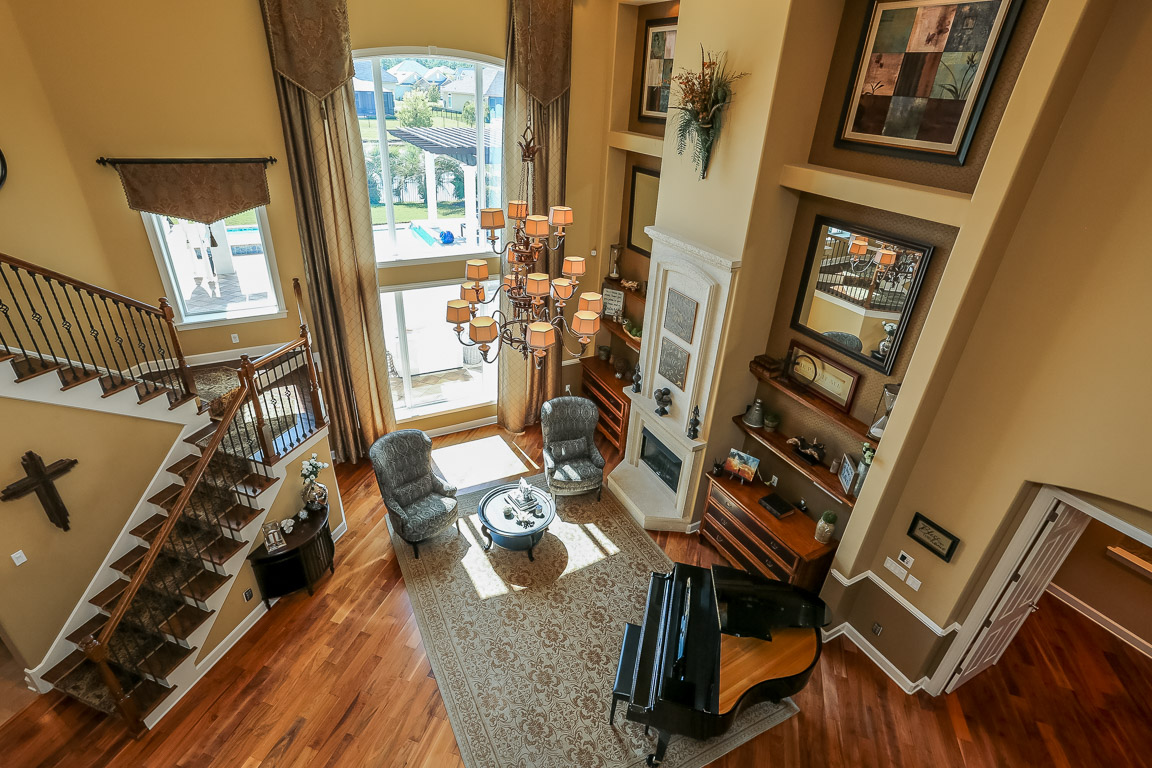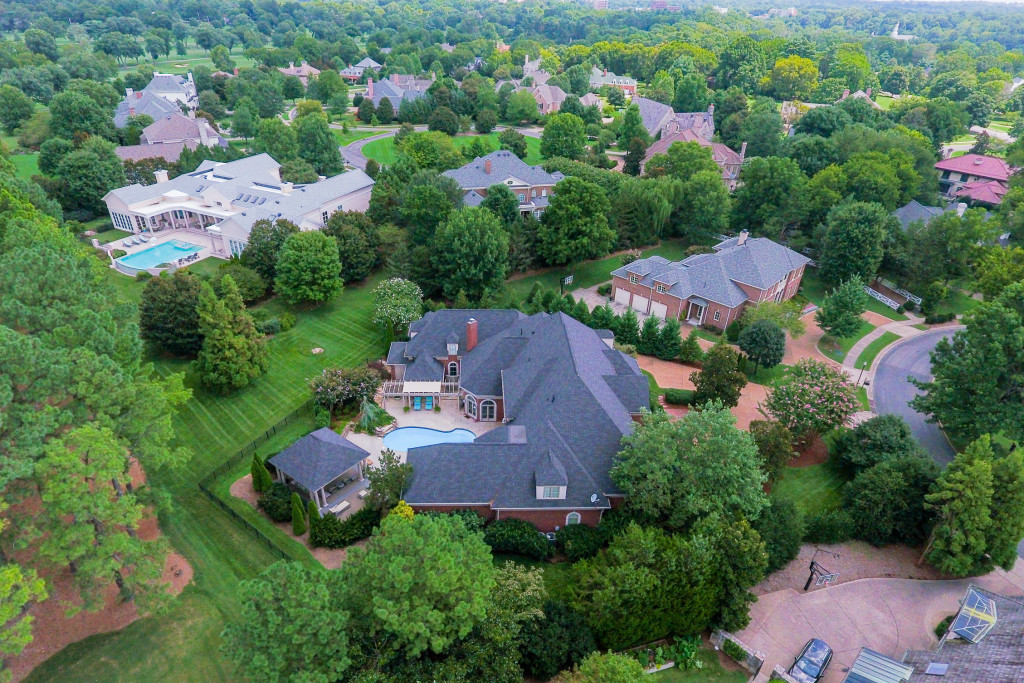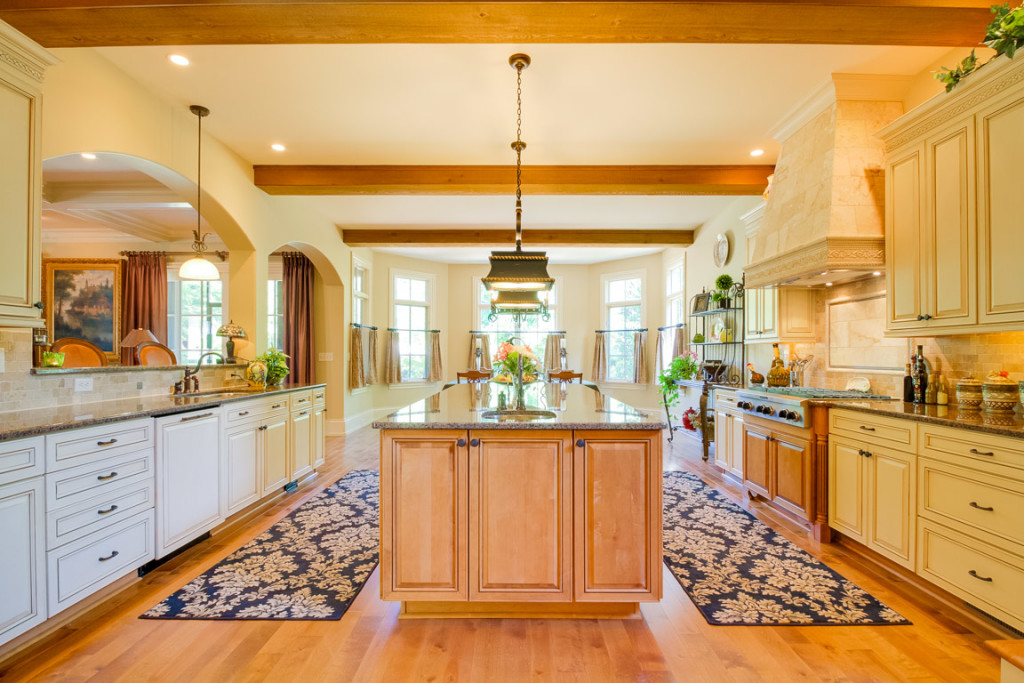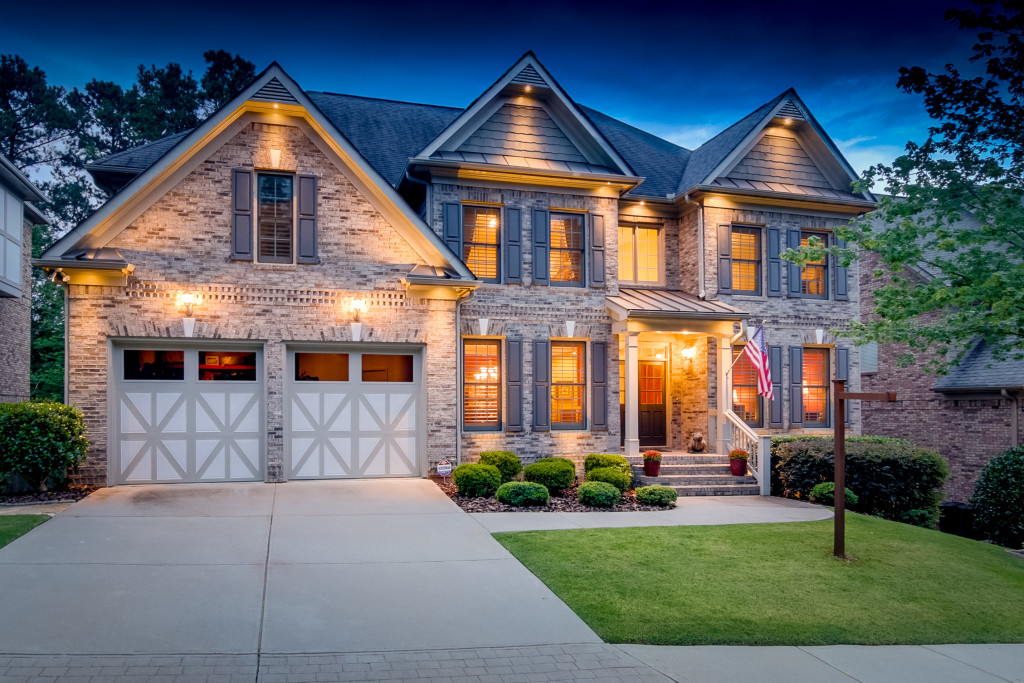
As a real estate agent, you have to deal with media and marketing matters on a regular basis. But if you don’t already have a background in those fields, some of the terms you hear can be confusing. HouseLens is here to help! For the next several weeks, we’ll be sharing our own glossary of commonly-used media and marketing terms. Up this week: photography terms!
Drone Photography
 Photography taken by a camera mounted on a small aircraft, remotely operated from the ground. The federal government strictly regulates drone photography and imposes stiff fines for violating the regulations. To protect yourself and your business, always make sure your drone photographer complies with relevant laws.
Photography taken by a camera mounted on a small aircraft, remotely operated from the ground. The federal government strictly regulates drone photography and imposes stiff fines for violating the regulations. To protect yourself and your business, always make sure your drone photographer complies with relevant laws.
DSLR
A Digital Single-Lens Reflex camera. This type of camera combines high-end digital imaging technology, a mirror-and-prism system, and configurable settings so that photographers can capture true, highly editable images. Because of their cost and complicated settings, these cameras are used primarily by professionals and skilled amateurs.
Elevated Photography
Photography taken by a camera mounted on a tall pole. Elevated photography is ideal for homes located at the top of a hill, or for homes where drone photography is not allowed or not practical (e.g., because of no-fly zones or heavy tree cover).
Exposure
The amount of light allowed into the camera. This can be controlled by how long the camera shutter is open (shutter speed) and/or how wide the shutter opening is (aperture). Good photographers know how to adjust exposure to compensate for the amount of light already present in the scene. “Underexposed” means a photo is too dark. “Overexposed” means a photo is too bright, or “blown out.”
File Size
The amount of data contained in an image. A high-resolution photo will be a larger file size than the same photo at low resolution. Different photos may be different file sizes at the same resolution, however, depending on the amount of detail and color variation in each image.
HDR/Fusion Photography
 A photography technique that takes multiple shots of a scene at different exposures, then blends them into one image that preserves balanced lighting and color in the scene. The different shots are called brackets. HDR photography typically uses 3 brackets, while fusion photography may use more (5-7 is a common number). HDR or fusion photography is ideal for listings in sunny climates, homes with large windows or high ceilings, outdoor photos, and any other situation where there is a wide range of lighting conditions.
A photography technique that takes multiple shots of a scene at different exposures, then blends them into one image that preserves balanced lighting and color in the scene. The different shots are called brackets. HDR photography typically uses 3 brackets, while fusion photography may use more (5-7 is a common number). HDR or fusion photography is ideal for listings in sunny climates, homes with large windows or high ceilings, outdoor photos, and any other situation where there is a wide range of lighting conditions.
Hero Image
The primary image (or images) in a group of photographs; for instance, the first or largest photo in a gallery. In real estate, hero images are the photos that best showcase the home. These might include shots of key selling features or photos that are given some kind of special treatment. For instance, a beautifully staged photo of the family room, a photo of the pool, or a twilight or drone photo could all be used as hero images.
High-Res
Photo resolution suitable for print, usually about 300 pixels per square inch. High-res photos can be made into prints of large size without loss of image quality.
Resolution
The number of pixels per square inch in a photograph. Images with higher resolution generally look clearer and can be blown up to larger sizes. However, small images do not necessarily benefit from higher resolution, and higher-resolution images can take longer to load on a computer.
Twilight Photography
 Photos taken of a home at dusk. Photo editors can also use software to make a daytime photo look as though it was taken at dusk. You may hear this referred to as “faux twilight,” “digital dusk,” or “digital twilight.”
Photos taken of a home at dusk. Photo editors can also use software to make a daytime photo look as though it was taken at dusk. You may hear this referred to as “faux twilight,” “digital dusk,” or “digital twilight.”
Virtual Staging
The use of photo editing software to change furnishings and décor in the photos of a home. Virtual staging can also be used to furnish or decorate photos of an empty home.
Web-Res
Photo resolution suitable for display online, usually about 72 pixels per square inch. Web-res balances the need for a clear photo with the need for photos to load quickly. Because of the limitations of standard computer monitors, it is usually not necessary for online photos to be very high resolution.
Wide Angle Lens
A camera lens that captures a wider field of view (usually 64-84 degrees). Wide-angle lenses also allow the camera to focus both up close and far away at the same time. Wide-angle photography, if not done correctly, can create a “fisheye” or “fishbowl” effect, with curved distortion at the edges of the image.
Got a media or marketing term you’d like us to define? Ask in the comments!

